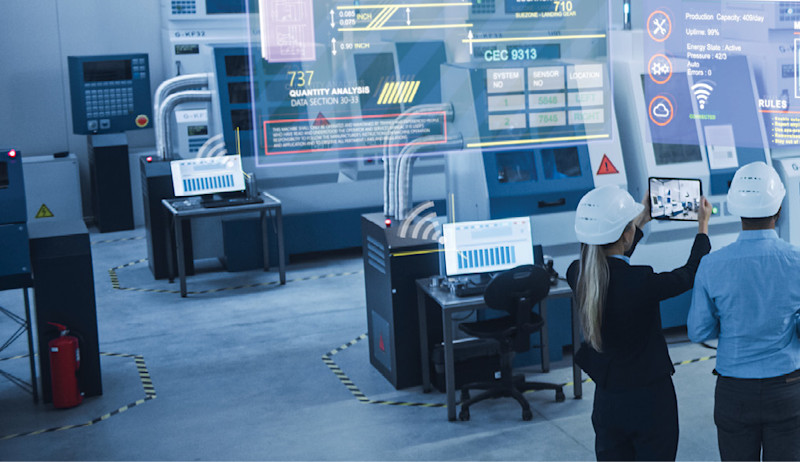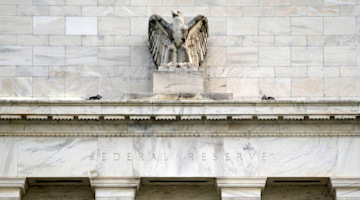As we spend time reflecting on the events of 2020 and 2021, themes such as “We need to fix the supply chain” or “We need to reshore manufacturing” have emerged in manufacturing. As broad philosophical precepts, it is hard to disagree with those ideas.
The thing is, how did we get here in the first place? We, as a country, decided to offshore manufacturing and lengthen the supply chain for clear economic reasons. In simple terms, we created a long, unresponsive supply chain for economic gain. It is not sufficient to simply say that we should undo those economically based decisions. Is there a driver – a compulsion – that would cause us to reverse the supply chain decisions that we previously made?
I believe that there is such a driver.
Business Velocity
If we can create sufficient business velocity – in this case, speed of manufacturing – then we will have a justifiable prerogative to reshape our supply chains. The emerging system of dynamic digital manufacturing technologies has the potential to do just that – to radically increase the velocity of manufacturing.
As the world shifts to these remarkable, new, advanced manufacturing technologies, we need to rethink the paradigm of cost-effectivity in manufacturing. Clearly, we are emerging from a world where economies of scale were necessary to bolster productivity and reduce costs. Much of the transfer of manufacturing offshore from the United States can be explained by the ongoing need to reduce costs through economies of scale.
But, the emerging set of dynamic digital manufacturing technologies realizes much less value from scale. Their value is derived from a tighter integration of manufacturing steps (through a consistent digital thread), from much greater design freedom (in both part design and material design), and from speed: speed to market, speed of product innovation and change, and speed to accommodate a variety of customer preferences. The idea of speed – of process velocity – is integral to any discussion of advanced manufacturing technology.
Early in my career, I learned about velocity in an odd way. On one of my first visits to Germany (now 30-plus years ago), a colleague gave me the opportunity to drive his BMW on the autobahn in a speed-free zone. Imagine my delight at getting in the left lane and getting that car to its top speed of 236 kph. I was basking in this amazing opportunity when, suddenly, my colleague began yelling at me: “Pull to the right! Pull to the right!”
As I moved to the right, a Maserati went by us at least 30 mph faster than I was driving. And a truth hit me like a bolt of lightning.
Be the Maserati
On the road, there is only one driver that does not need to look behind or alongside themselves when they drive. That one driver is the driver of the fastest car. Every other driver needs to be looking behind them with divided attention, worried about things in the rearview mirror. The fastest driver can focus all their energy on one thing: the road ahead.
Can we apply this story to manufacturing? I believe that we can. When we consider the power that is inherent in the combination of emerging manufacturing technologies, we can create immense velocity in our supply chain. Once the process is mature, we can take the sequence of procuring parts, beginning with part conceptualization, through part materialization, and finally to part utilization, with unprecedented speed. And I am confident the speed – the velocity – of that sequence will begin to make the low-cost, long supply chain that we have today obsolete.
It will take a commitment of investment to elevate the chain of dynamic digital manufacturing technologies to be like that Maserati. But when we get there, pure velocity will reshape the supply chain and move us one more step up the productivity curve.
WDYT?
What do you think? Do you agree? Disagree? Have you seen productivity increase after implementing digital manufacturing? Share your thoughts or stories with us at content@AMTonline.org. What do you think? Do you agree? Disagree? Have you seen productivity increase after implementing digital manufacturing? Share your thoughts or stories with us at content@AMTonline.org. What do you think? Do you agree? Disagree? Have you seen productivity increase after implementing digital manufacturing? Share your thoughts or stories with us at content@AMTonline.org.






